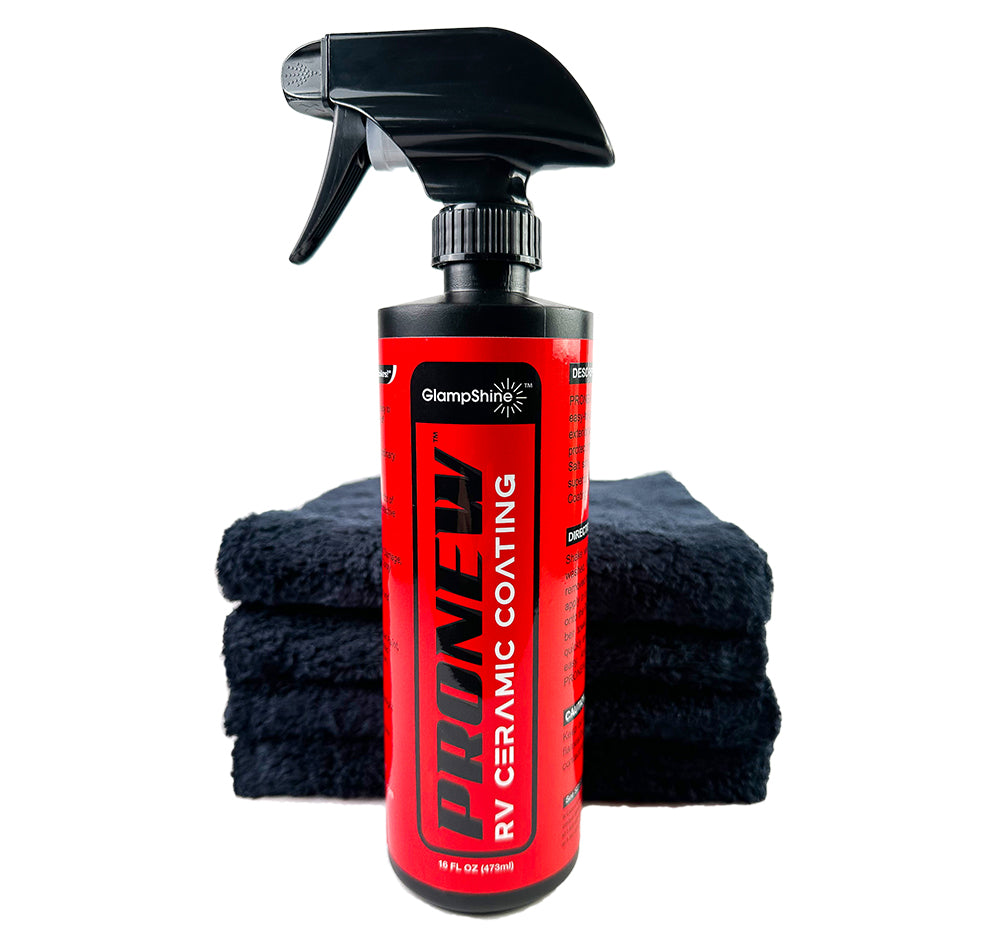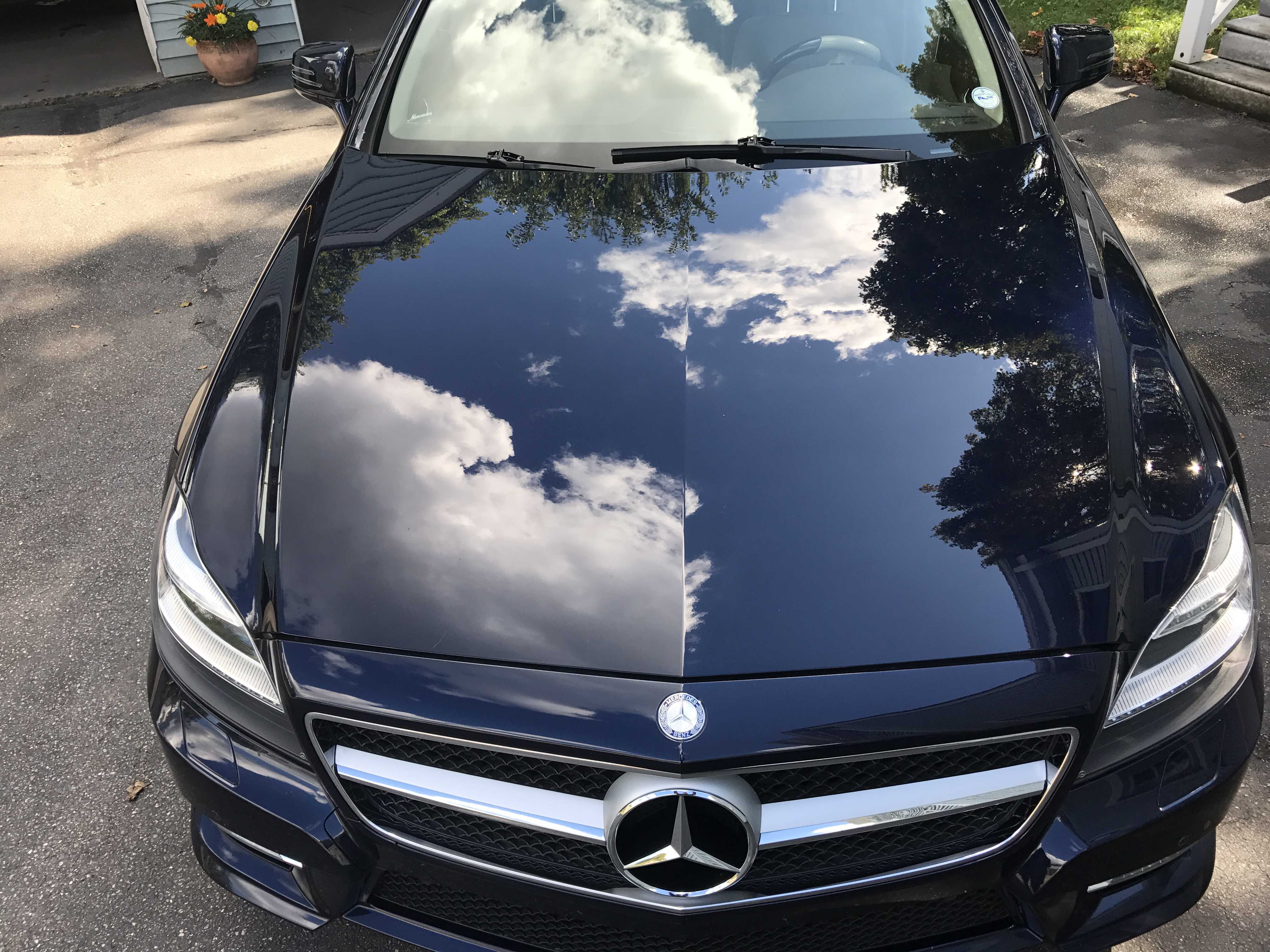The Long-Term Advantages of Picking Ceramic Coating Philadelphia for Your Automobile
The Long-Term Advantages of Picking Ceramic Coating Philadelphia for Your Automobile
Blog Article
Why Ceramic Finish Is the Ultimate Option for a Flawless End Up
Ceramic finish has arised as a leading service for those looking for a perfect coating for their lorries, many thanks to its exceptional durability and protective functions. This sophisticated fluid polymer not only bonds effortlessly with factory paint however additionally uses an awesome barrier versus usual dangers such as scratches, UV rays, and ecological contaminants. Additionally, its hydrophobic buildings streamline maintenance while enhancing visual appeal. Nonetheless, comprehending just how this modern technology contrasts to typical techniques and discovering its application nuances can disclose even extra about its value. What factors truly established ceramic layer apart?
What Is Ceramic Covering?

When applied properly, ceramic layer produces a hydrophobic surface that pushes back water and dirt, making it less complicated to preserve and clean up. Unlike standard waxes or sealers, which usually provide temporary protection, ceramic finishes can last for numerous years, relying on the item quality and application method. The procedure of applying ceramic finishing calls for precise preparation, including extensive cleansing and often paint correction, to make sure optimal bonding and efficiency.
Ceramic layers are not limited to vehicle surface areas; they can additionally be made use of on numerous products, consisting of glass, metal, and plastics, offering a flexible option for enhancing defense. Overall, ceramic covering represents a substantial development in surface defense innovation, integrating both visual and useful advantages for a large range of applications.
Advantages of Ceramic Layer
While lots of surface security alternatives exist, the advantages of ceramic finish attract attention as a result of its distinct homes and resilient performance. Among the main benefits is its phenomenal toughness. Ceramic Coating Philadelphia. Unlike conventional wax or sealers that require constant reapplication, ceramic finishes give a resilient layer that can last for a number of years, significantly decreasing upkeep initiatives
One more significant benefit is improved protection versus ecological contaminants. Ceramic finishes create a hydrophobic surface area that pushes back water, dust, and numerous pollutants, making it less complicated to cleanse. This function not only preserves the automobile's look yet also lessens the risk of deterioration and oxidation, particularly in harsh climate condition.
Furthermore, ceramic finishes supply superior resistance to UV rays, avoiding fading and degradation of paint with time. This UV protection is crucial for maintaining the visual value of lorries and surface areas revealed to direct sunshine.
Additionally, the shiny finish attained with ceramic covering enhances the general aesthetic charm, giving surface areas a showroom-quality sparkle. On the whole, ceramic layers stand for a substantial innovation in surface protection modern technology, supplying long-lasting benefits that accommodate both aesthetic and functional demands.
Exactly How It Functions
Recognizing the science behind ceramic coatings discloses how they offer such remarkable defense and longevity. At its core, a ceramic covering is a liquid polymer that chemically bonds with the car's factory paint.
The application process entails numerous actions, including surface area preparation, which is crucial to attaining optimum attachment. When applied, the finishing undertakes a curing procedure, during which it sets and develops a semi-permanent bond with the paint surface. This bond is what distinguishes ceramic coatings from standard waxes and article sealers, providing a longer-lasting safety obstacle that can sustain for many years.
Furthermore, the thickness of the covering can improve its protective top qualities, ensuring that it can stand up to rough conditions. Inevitably, the science of ceramic coverings combines advanced materials with cutting-edge application techniques to provide an unrivaled level of defense and aesthetic improvement for automobiles.
Contrast With Standard Techniques
The benefits of ceramic finishings become particularly evident when contrasted to traditional paint security techniques such as waxes and sealants. While waxes supply a short-lived luster, commonly lasting a couple of weeks to a couple of months, ceramic finishings give a resilient protective layer that can withstand for a number of years. This longevity dramatically decreases the regularity of reapplication, making ceramic coverings a more cost-efficient option with time.
Furthermore, typical methods often call for comprehensive preparation and numerous applications to attain a satisfying level of security. In comparison, ceramic finishings bond at a molecular level with the car's surface, creating a durable guard versus environmental pollutants like UV rays, acid rainfall, and road salts. This bond boosts the car's resistance to scrapes and swirl marks, which prevail with conventional waxes and sealants.
In addition, the hydrophobic properties of ceramic finishes repel water and dirt, causing simpler cleaning and upkeep. In comparison, wax and sealant-treated surface areas can draw in crud, necessitating even more regular washing - Ceramic Coating Philadelphia. Overall, ceramic coverings not just give superior security yet additionally provide a much more visually appealing and enduring finish, developing them as the recommended selection for critical vehicle proprietors
Application and Maintenance Tips

Utilizing a foam applicator, use the layer in little areas, following the maker's standards regarding thickness and overlap. Allow sufficient treating time between layers, generally 24-hour, to make certain proper bonding. After application, it is vital to avoid direct exposure to water or extreme aspects for at the very least a week to permit the layer to totally heal.
In addition, using a ceramic maintenance spray can boost the finish's hydrophobic residential properties and longevity. Regular inspections for any signs of wear will assist maintain the finishing's honesty and maintain that pristine surface.
Final Thought
In final thought, ceramic layer becomes an exceptional choice for attaining a remarkable automobile surface. Its exceptional longevity, safety high qualities, and hydrophobic properties considerably improve the vehicle's look while streamlining upkeep efforts. By developing a durable bond their website with manufacturing facility paint, ceramic coating effectively guards against scrapes, UV rays, and ecological contaminants. With a lifespan prolonging several years, this sophisticated solution not only preserves yet also boosts the overall aesthetic charm of vehicles, making it an economical financial investment for cars and truck lovers.

Report this page